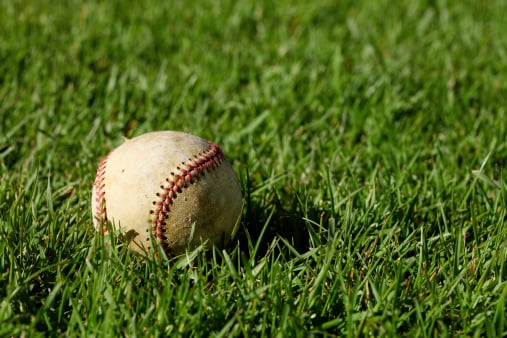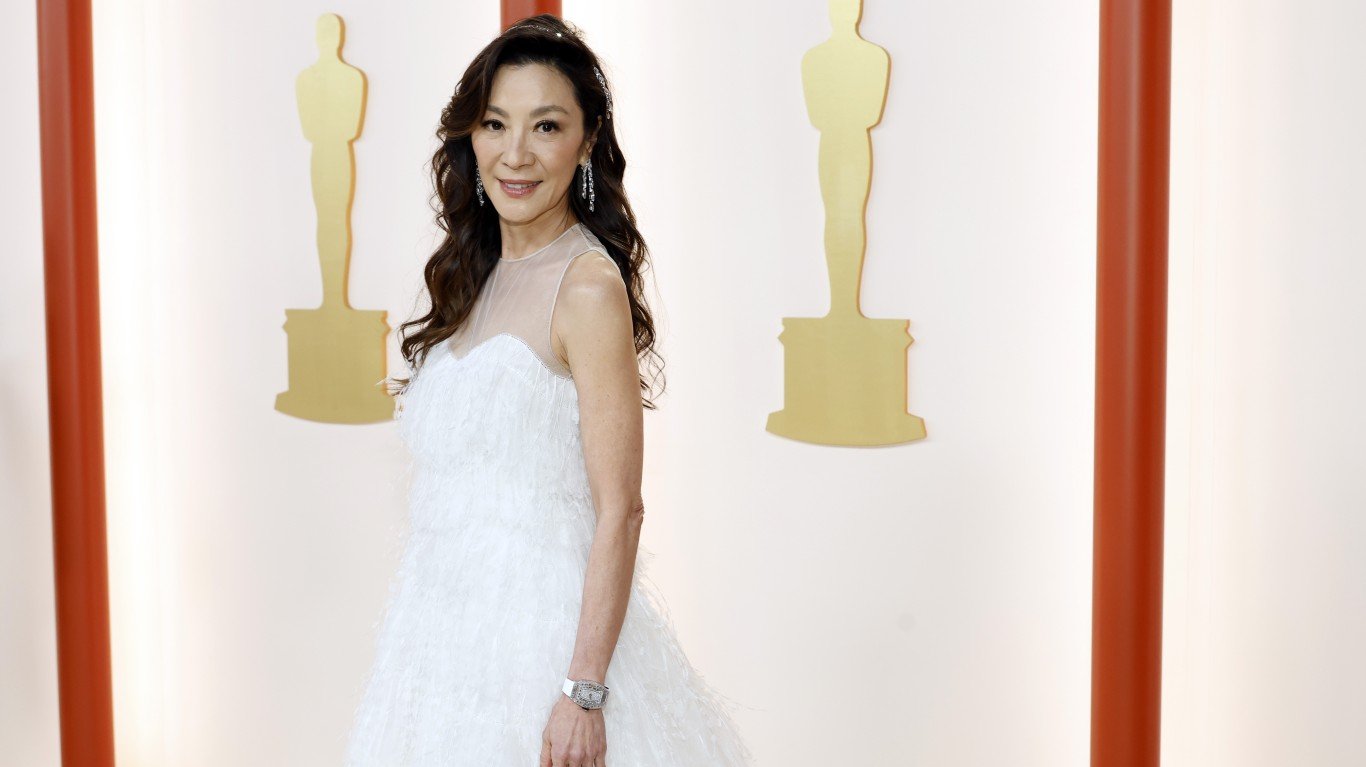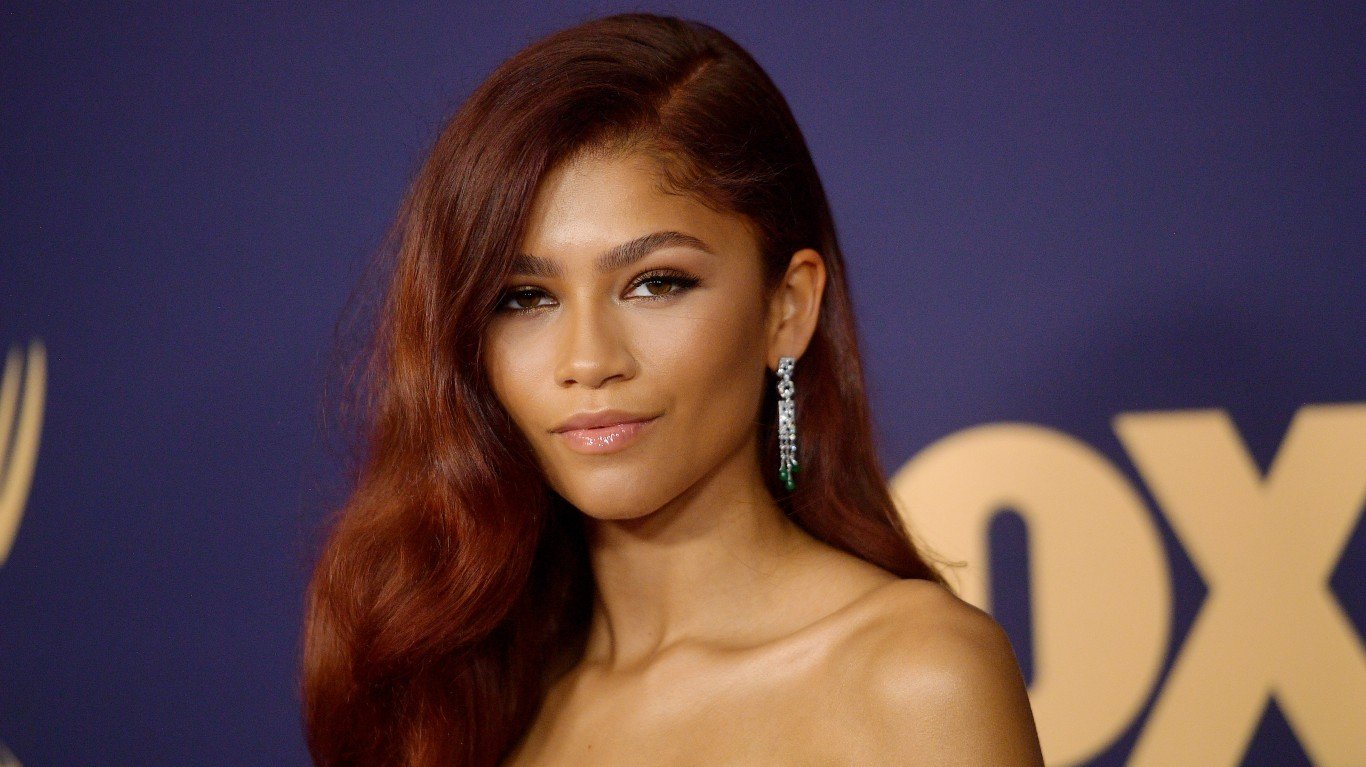The 2014 MLB Draft is next week, and unlike its pigskin-focused counterpart, there’s no 24-hour media coverage, ever-changing mock drafts, or babbling analysts. While that’s just fine with many fans, the lack of hype surrounding one of the sport’s biggest days is puzzling. Attendance and revenues are booming throughout baseball, and many still consider it to be “America’s pastime.” A recent Harris poll indicates the MLB is the country’s second most popular sport behind the NFL. Source: Thinkstock
Source: Thinkstock
So why doesn’t the MLB Draft get more buzz?
That’s a question with multiple answers, and it starts with the draft’s surprisingly secretive history. In contrast with professional football, which began broadcasting its draft in 1980, the MLB only began televising its event in 2007. Disney’s (NYSE: DIS) ESPN carried it that year, before handing the draft to MLB Network a few summers later.
As Cleveland.com’s Tom Reed explains in a rare exposé on the subject, the delay was due in large part to the league’s decision to actively prevent draft information from going public. He writes, “For years, MLB executives considered the draft order to be ‘privileged information’…. They worried about agents trying to manipulate it and college coaches increasing their scholarship offers upon learning of a recruit’s high draft position.” This ensured baseball would fight an uphill battle when it finally realized it needed to promote its young talent.
ALSO READ: Cities Paying the Most for Sports Teams
Another issue is the fact that baseball’s draft isn’t nearly as exciting as others. The MLB doesn’t allow draft picks to be traded – a potential source of drama – and the minor leagues prevent rookies from making an immediate impact. This year’s NFL Draft, for example, featured several players who will likely become superstars in their first season. On the other hand, even the best baseball prospects, like former No. 1 selections Stephen Strasburg, Bryce Harper and David Price, had at least one stint in Double-A or Triple-A.
While this works wonders for baseball from a development standpoint, it makes it tough for fans to care about players immediately after they’re drafted.
But what’s the biggest hurdle?
The MLB Draft’s biggest hurdle, though, might be the unpopularity of college baseball, especially in comparison to other amateur sports. Harris, in the same poll mentioned above, estimates NCAA Division I football and basketball rank above tennis, boxing, swimming, golf and soccer in U.S. popularity. College baseball doesn’t even crack the top 20.
Remember, the NFL Draft works in large part because fans already follow most of the best players. Many of Johnny Manziel’s collegiate games were televised last year, while Jadeveon Clowney’s questionable work ethic was a talking point among sports pundits for months.
MLB draft picks, by comparison, go largely uncovered by the media. For instance, can you name the top three soon-to-be rookies this year? I didn’t think so. (Hint: They’re Brady Aiken, Alex Jackson and Carlos Rodon).
Should baseball be worried?
In my opinion, the answer to this question is yes. It makes good business sense for any sport to promote its future stars, and the MLB has dropped the ball thus far. Its fan base desperately needs to discover the fountain of youth. As I wrote a few weeks ago:
“The average World Series viewer is now almost 55 years old, up from 49.9 in 2009, according to Nielsen. The company…reveals that less than a quarter of all baseball fans are below the age of 34, and a whopping 50% are at least 55. That’s an older demographic split than every other major North American sport outside of golf.”
In addition to improving game speed and installing smartphone hotspots in ballparks, a reinvigorated draft format could theoretically generate more interest among young fans. And if the MLB Draft can ever reach the status of the NFL’s – an estimated 32 million people watched the first round this year – there’s also money to be made.
Viewership of football’s big night, which drew nearly 30% more eyeballs compared to 2013, is a sponsorship paradise. Nike (NYSE: NKE), Verizon (NYSE: VZ) and Pepsi (NYSE: PEP) are just a few of the companies who’ve endorsed the NFL Draft in the past, and some sources estimate, altogether, the league makes at least eight figures a year as a result.
I highly doubt baseball’s equivalent, televised on a premium network that reaches just 60% of the country, comes close generating a similar level of ad revenue.
The bottom line
There are plenty of ways to improve the MLB Draft, beginning with the excitement factor. By allowing all picks to be traded, the event could get a shot in the arm. But the bigger issues – rookies’ slow path to the big leagues and the lack of fandom surrounding college baseball – are structural in nature, and can’t be fixed any time soon.
Sponsored: Find a Qualified Financial Advisor
Finding a qualified financial advisor doesn’t have to be hard. SmartAsset’s free tool matches you with up to 3 fiduciary financial advisors in your area in 5 minutes. Each advisor has been vetted by SmartAsset and is held to a fiduciary standard to act in your best interests. If you’re ready to be matched with local advisors that can help you achieve your financial goals, get started now.
Thank you for reading! Have some feedback for us?
Contact the 24/7 Wall St. editorial team.



